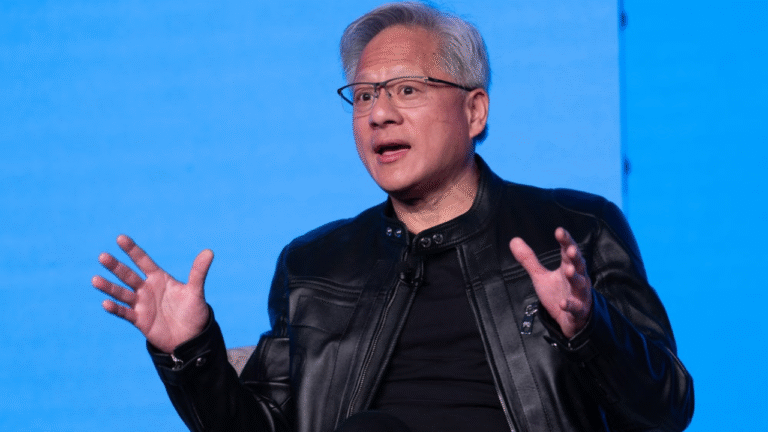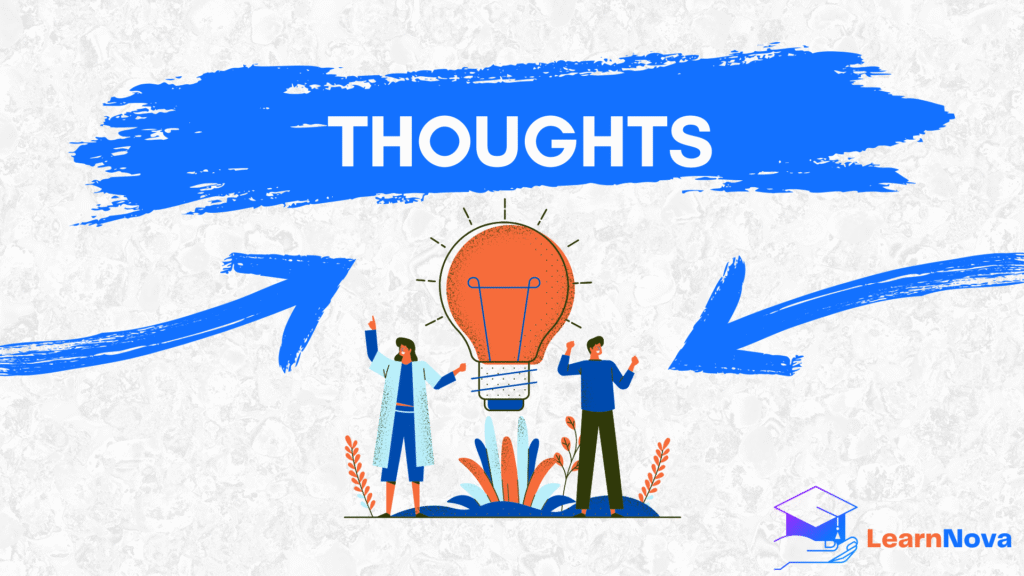Nvidia new programming language: ‘Human’ — How AI Is Revolutionizing Coding

Table of Contents
Introduction
At London Tech Week 2025, Nvidia CEO Jensen Huang introduced a groundbreaking concept that’s redefining how we interact with technology: the idea that “human” is the new programming language Nvidia.
For decades, programming required deep technical knowledge — from mastering languages like C++ and Python to understanding complex architecture and syntax. But, according to Huang, those barriers are rapidly disappearing, thanks to advancements in AI-powered tools.
“Now, all of a sudden… there’s a new programming language,” Huang said. “This new programming language is called ‘human’.”
AI as the Great Equalizer
In his keynote, Huang described artificial intelligence as the “great equalizer”, enabling non-programmers to build applications, generate content, or even develop software using nothing but natural human language.
Instead of writing complex lines of code(Nvidia new programming language), users can now simply prompt AI models — like ChatGPT, Cursor, or Replit — to do the heavy lifting. This new approach is known as “vibe coding”: a method where users provide conversational prompts and receive complete code outputs in return.
Even Google CEO Sundar Pichai admitted to using this method recently to build a webpage.
Programming by Conversation
Huang elaborated on this concept by drawing parallels between interacting with people and interacting with AI. He noted that the way we now “program” computers resembles how we talk to another human being:
“The way you program a computer today — to ask it to write a program, generate images, write a poem — is to just ask it nicely.”
This kind of interaction, Huang emphasized, has opened the doors of programming to millions of non-coders around the world. While only a few people know C++ or Python, everyone knows how to speak “human.”
Real-World Examples of 'Vibe Coding'
From students to journalists, people are already leveraging AI’s natural language capabilities to bring their ideas to life:
Kevin Roose, a tech columnist at The New York Times, used AI to create LunchBox Buddy, an app that recommends lunch options based on a photo of his fridge — all without writing a single line of code.
Rishab Jain, a Harvard neuroscience student, vibe-coded an app that translates ancient texts into English using natural prompts.
These cases illustrate the immense potential of Nvidia’s new programming language approach — not only in tech but across education, business, and creative fields.
The Future of Programming Is Human
Nvidia, now the second most valuable company in the world with a market cap of $3.48 trillion, is leading the AI revolution not just with its chips — but with its vision.
By transforming human language into a powerful interface for technology, Nvidia new programming language democratizes coding and expands what’s possible for anyone with an idea — regardless of their technical background.
So, whether you’re a seasoned developer or someone who’s never touched code before, the message is clear:
The future of programming speaks your language(Nvidia new programming language) — and that language is human.
Share your thoughts

